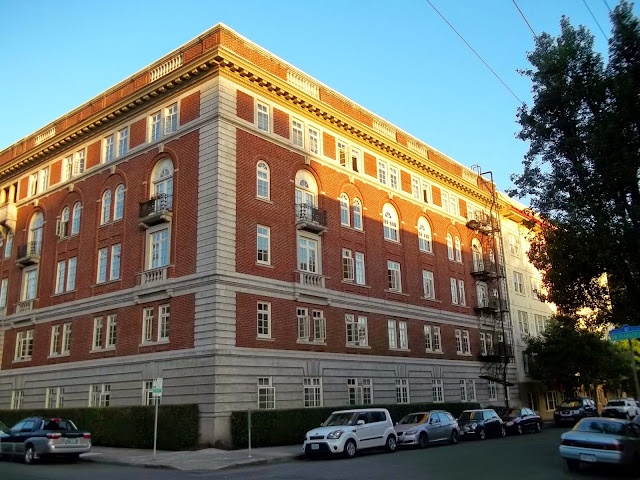Vancouver Island is shown in the 2 photos above.
The waters of the Straight of Georgia
British Columbia Lower Mainland is shown in the 2 photos above. These photos were taken in August 2014.
The Horseshoe Bay-Departure Bay ferry route is run by BC Ferries between Lower Mainland (Vancouver Area) & Vancouver Island in British Columbia, Canada. The crossing takes 1 hour 40 minutes. It's a beautiful voyage. The photos above show the progression from Departure Bay near the city of Nanaimo on Vancouver Island to Horseshoe Bay near Vancouver BC. The route is mostly open water across the Straight of Georgia with stunning views of the mountains, hills & forests on each side of the straight. The Straight of Georgia is part of the Salish Sea, which also includes the US waters Puget Sound & the international waters of the Straight of Juan de Fuca, among other bodies of water. Nanaimo is a charming little city for tourists willing to travel beyond Victoria.
The Horseshoe Bay-Departure Bay ferry route is run by BC Ferries between Lower Mainland (Vancouver Area) & Vancouver Island in British Columbia, Canada. The crossing takes 1 hour 40 minutes. It's a beautiful voyage. The photos above show the progression from Departure Bay near the city of Nanaimo on Vancouver Island to Horseshoe Bay near Vancouver BC. The route is mostly open water across the Straight of Georgia with stunning views of the mountains, hills & forests on each side of the straight. The Straight of Georgia is part of the Salish Sea, which also includes the US waters Puget Sound & the international waters of the Straight of Juan de Fuca, among other bodies of water. Nanaimo is a charming little city for tourists willing to travel beyond Victoria.

















































































































